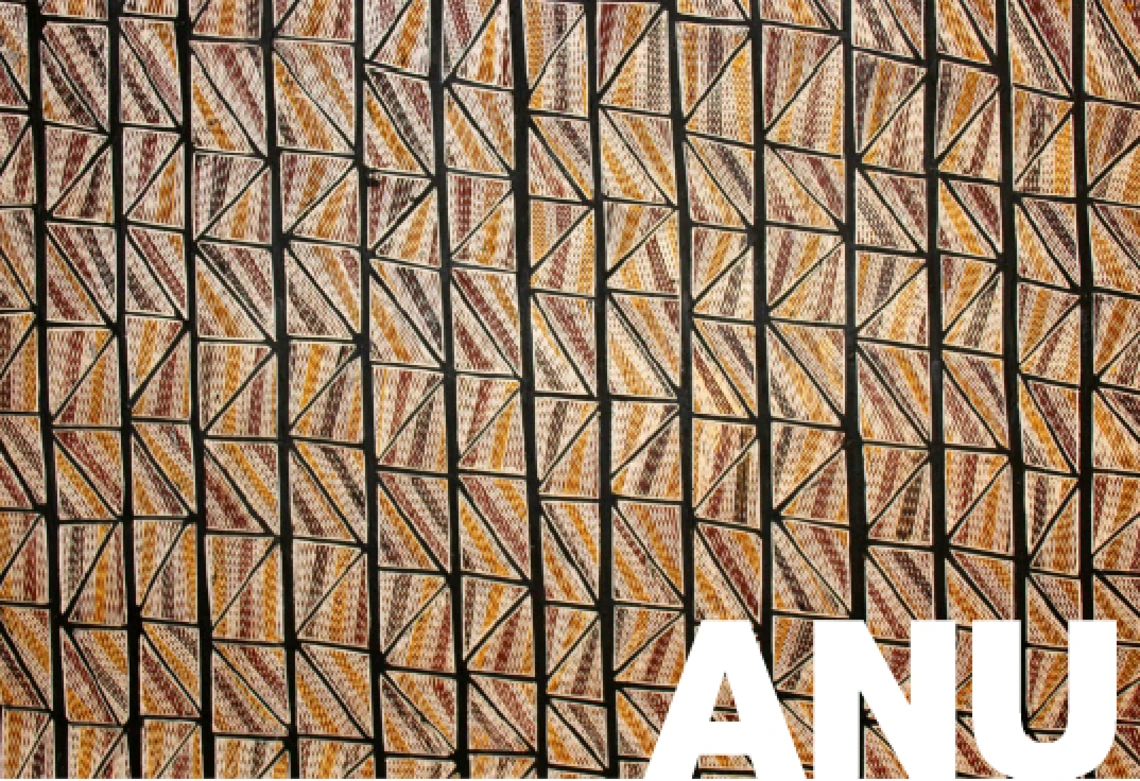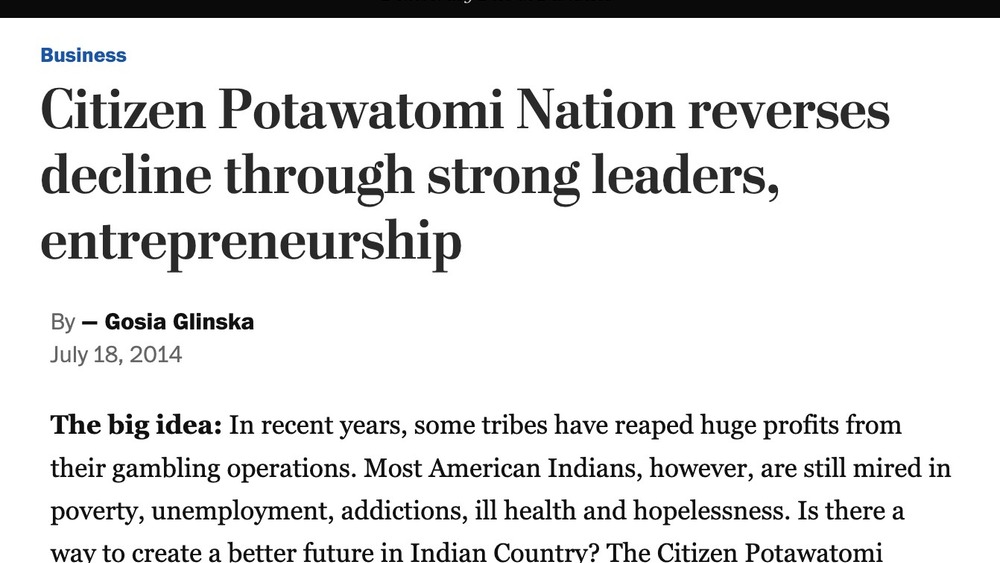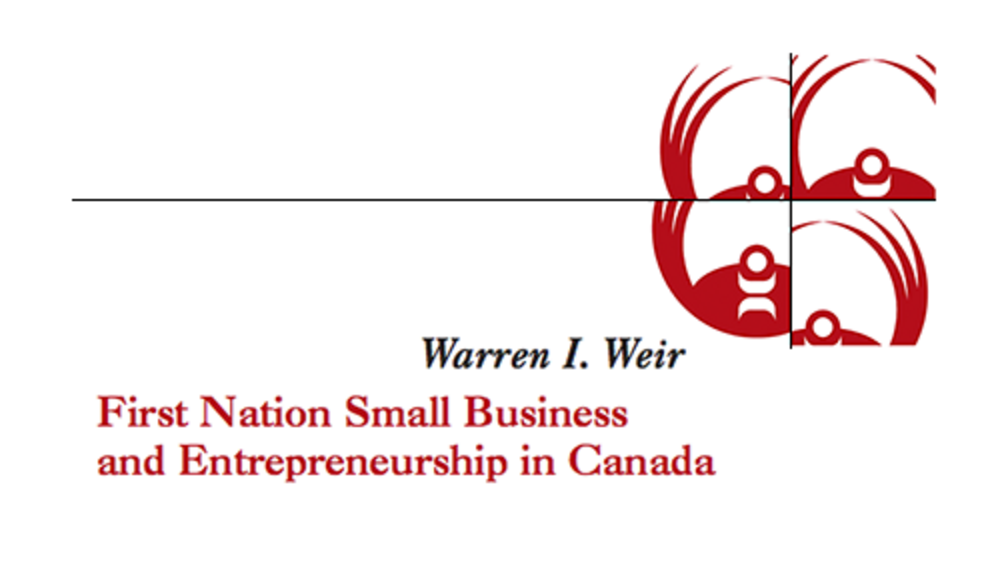In 2014, Boyd Hunter attempted to provide a consistent estimate of the growth in Indigenous self-employment between 1991 and 2011. Changes in the census questionnaire structure and sequencing means that projecting the growth trends back to 1991 is now problematic. This paper provides a more refined, consistent and transparent method for calculating the number of Indigenous owner–managers, including accounting for the growing prevalence of Indigenous owner–managers who are increasingly identifying themselves as Indigenous in the census, unlike in previous censuses where many did not identify.
Using census data and estimated residential population statistics, we conservatively estimate that around 17 900 Indigenous business owner–managers operated in Australia in 2016. We estimate that the number of Indigenous business owner–managers grew by 30% between 2011 and 2016. The rate of Indigenous business ownership has grown marginally as a share of the Indigenous working-age population at a time when the non-Indigenous rate of business ownership has fallen. Yet the rate of Indigenous business ownership remains relatively low compared with the rate of business ownership among non-Indigenous Australians.
The paper also provides insights about the characteristics of Indigenous owner–managers, including their number, geographic distribution, gender composition, industrial sectors, and whether they are running incorporated or unincorporated enterprises. The recent growth in Indigenous owner–managers is almost entirely in urban areas and cities where well-developed and diverse labour and product markets operate. The paper explores some of the key factors that are impacting on Indigenous business development, including issues about the economics of discrimination and remoteness. The paper also outlines policy implications that arise from the analysis. We reflect on further refinements of the Indigenous Procurement Policy, the recently announced Indigenous Business Sector Strategy and other policy options.
Additional Information
Shirodkar, S., Hunter, B., and Foley, D. (2018). Ongoing growth in the number of Indigenous Australians in business. Australian National University, Centre for Aboriginal Economic Policy Research. (https://www.researchgate.net/publication/328575842_Ongoing_Growth..., accessed May 31, 2024)




